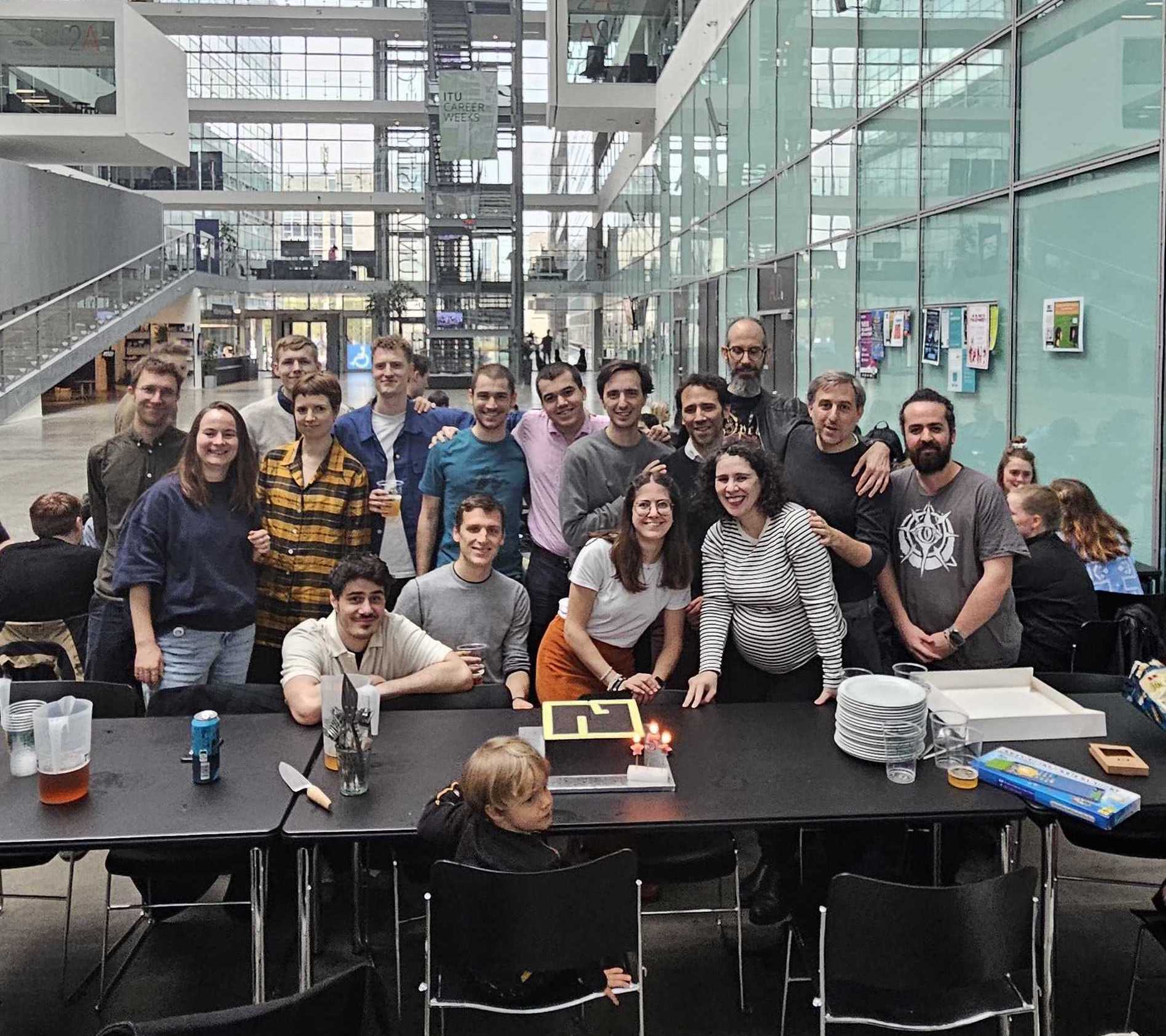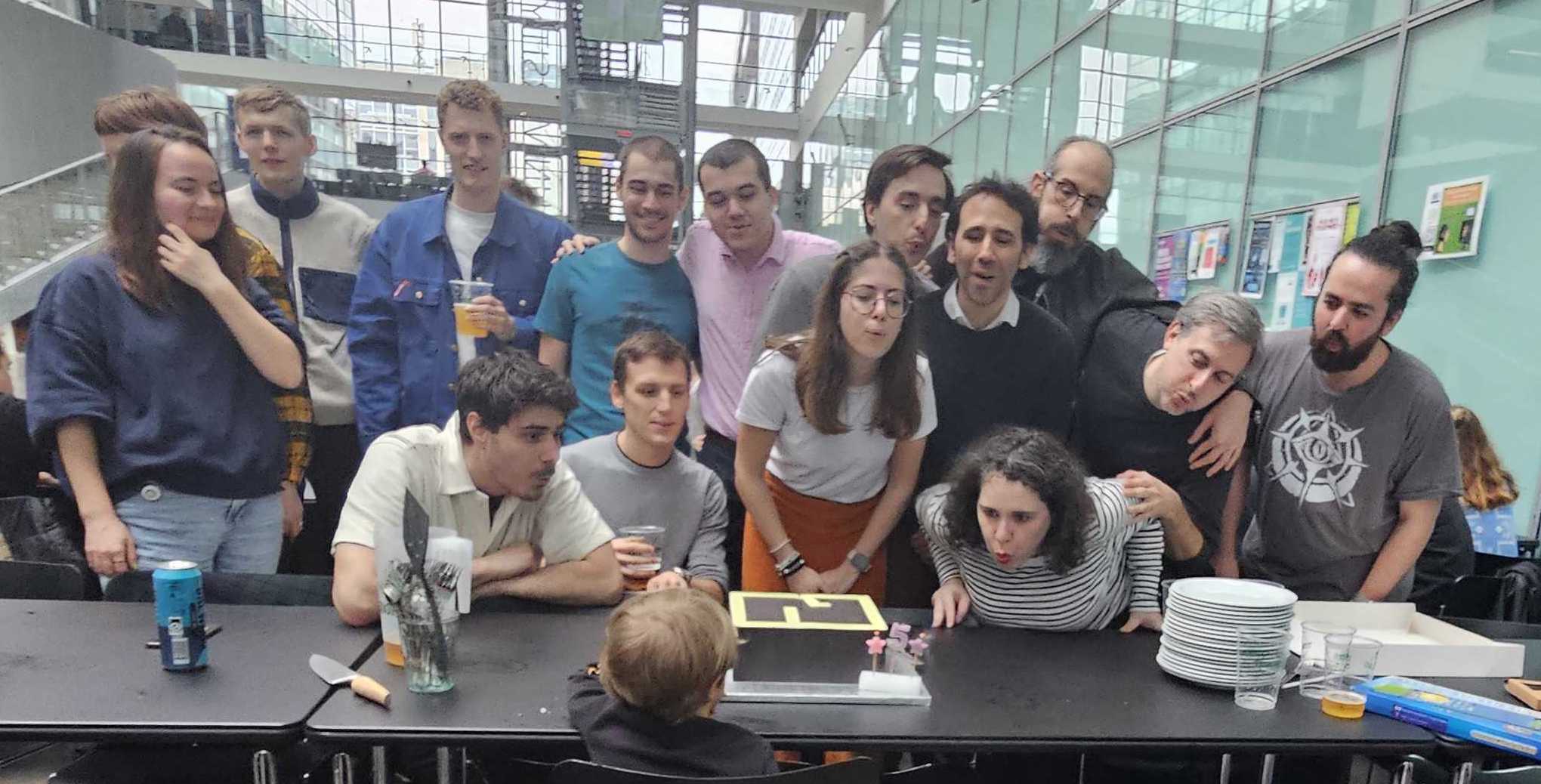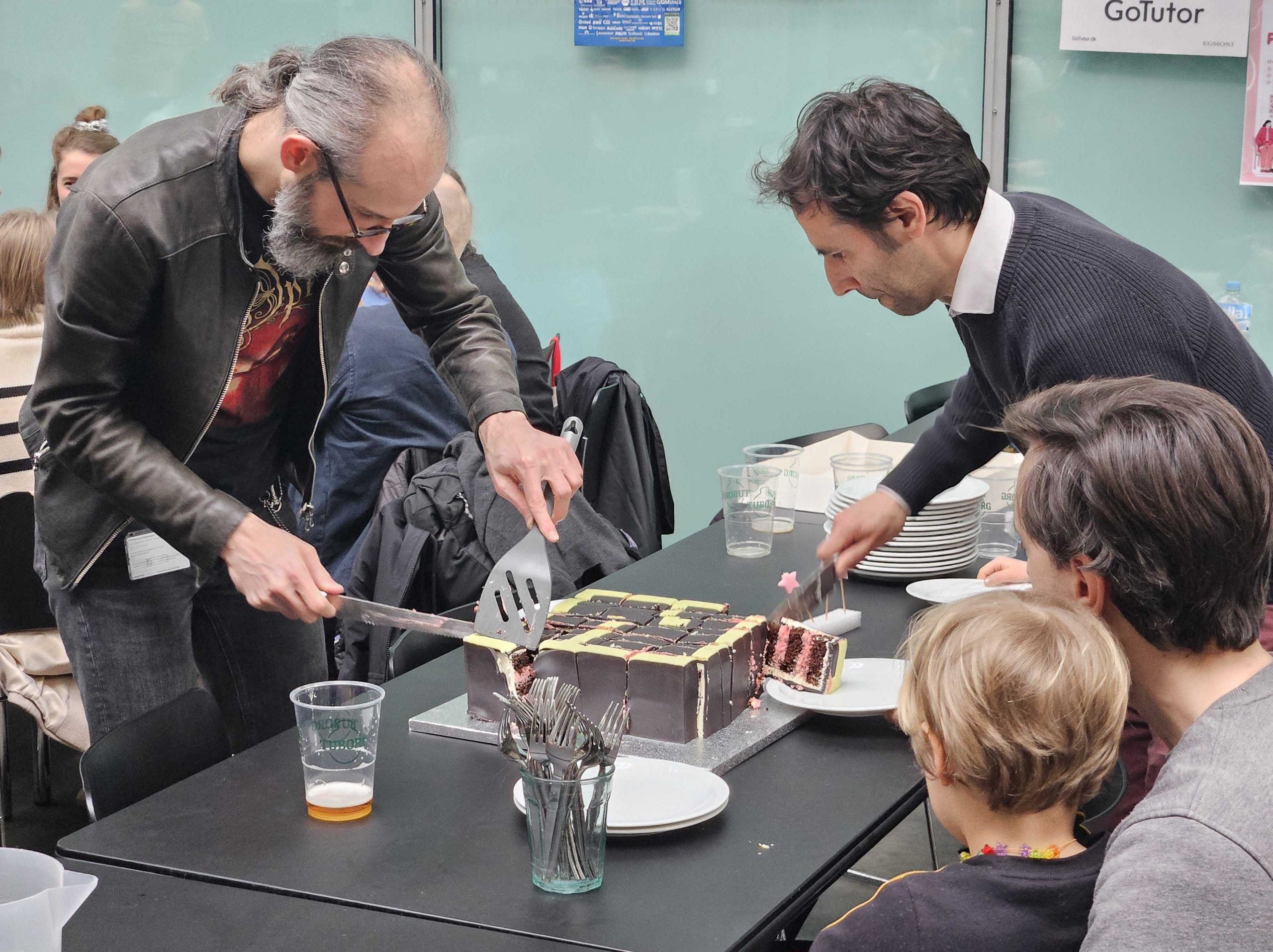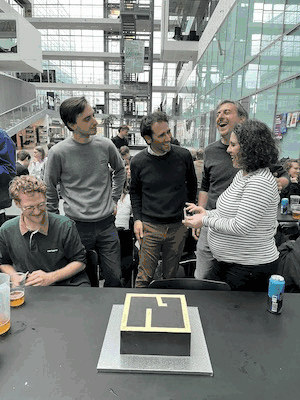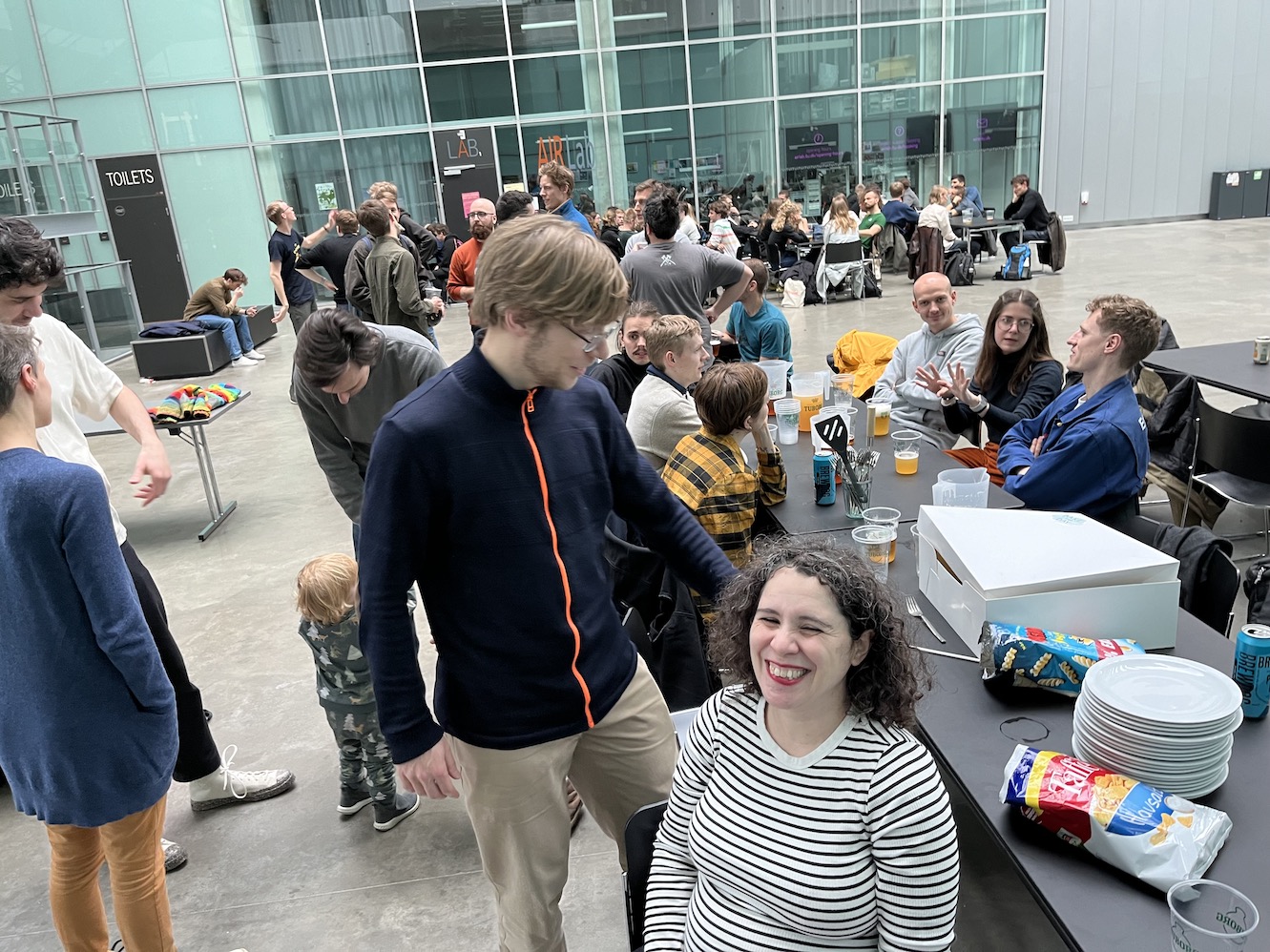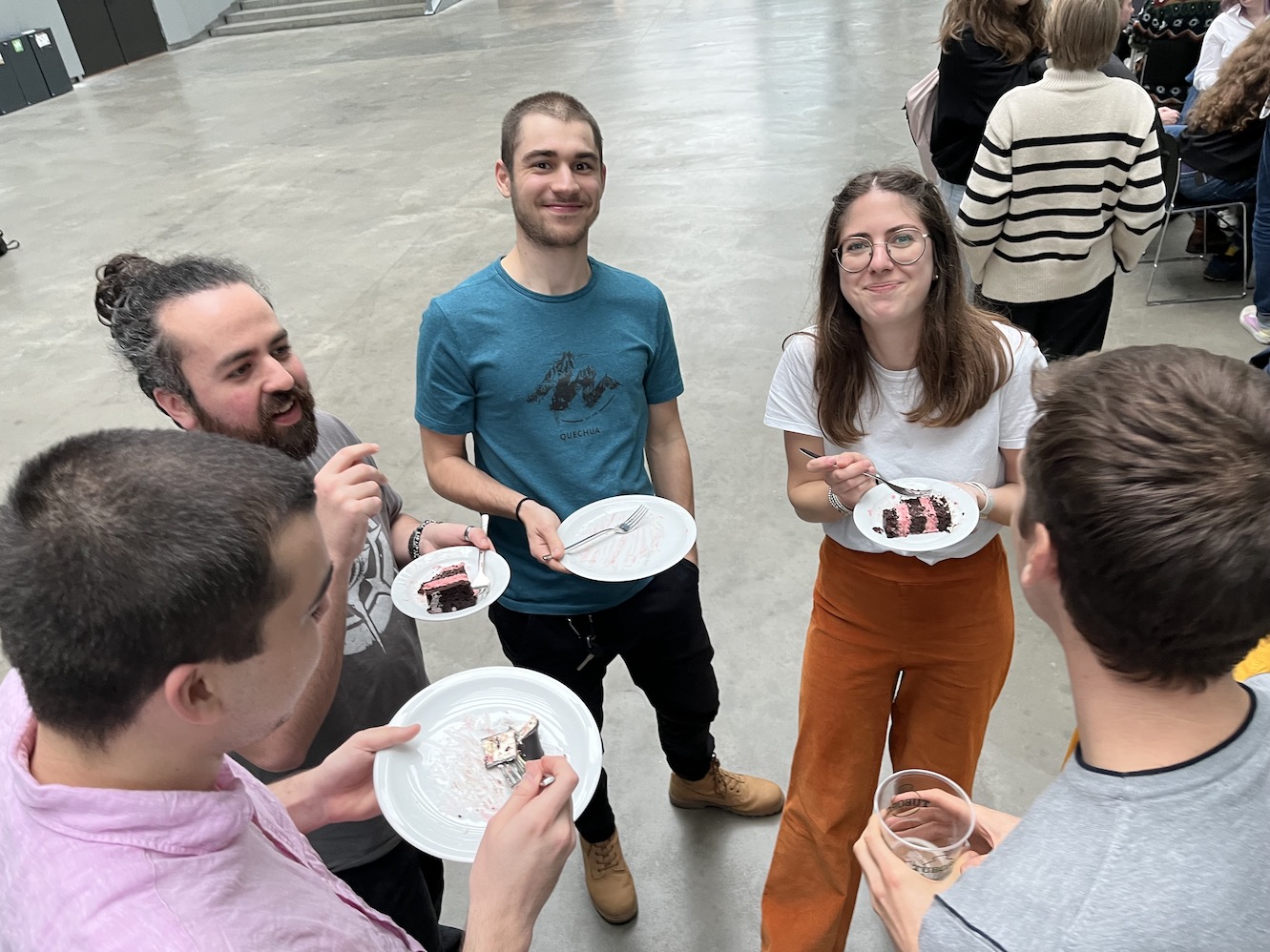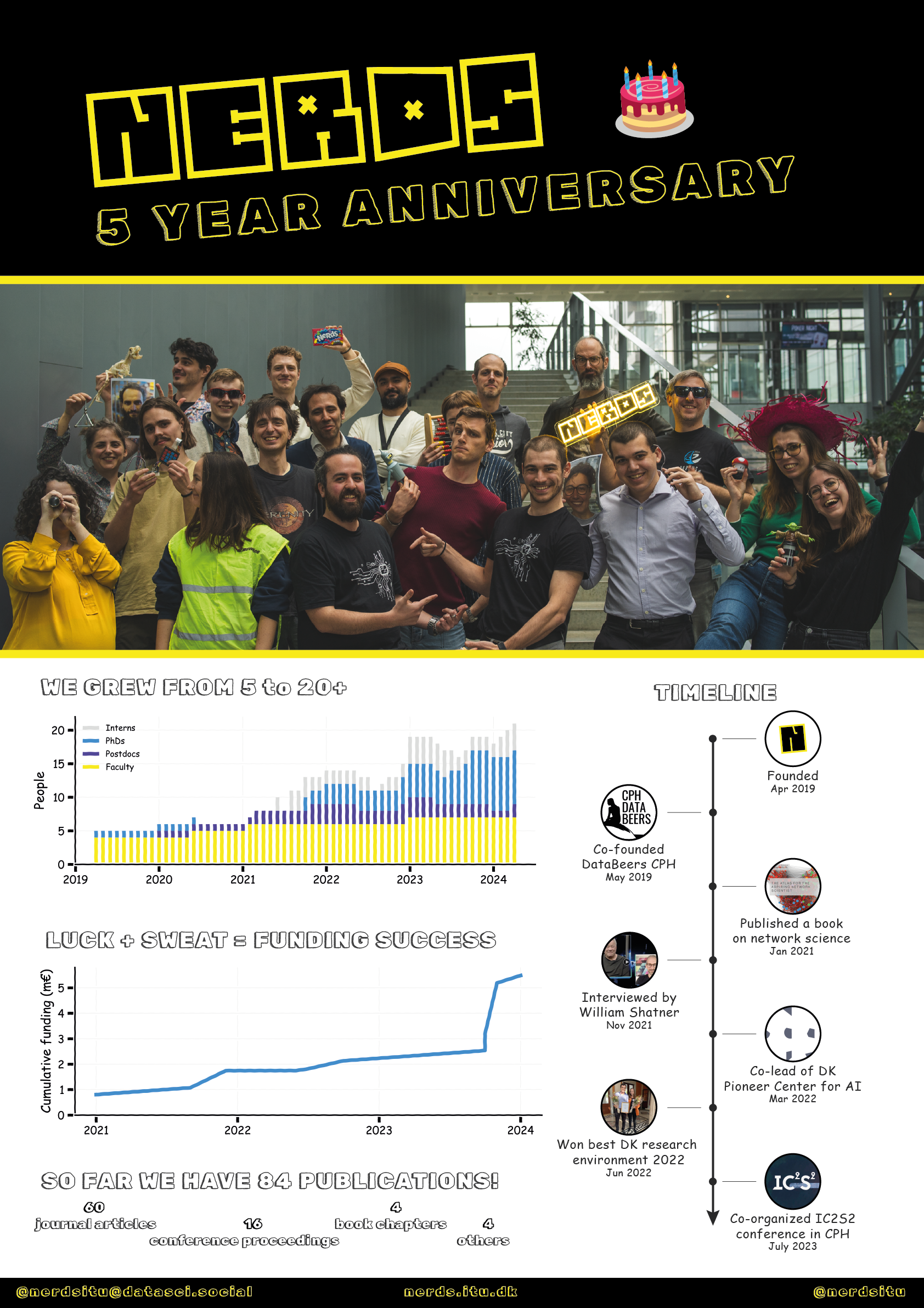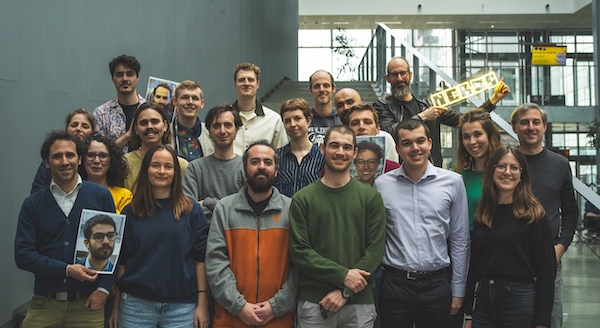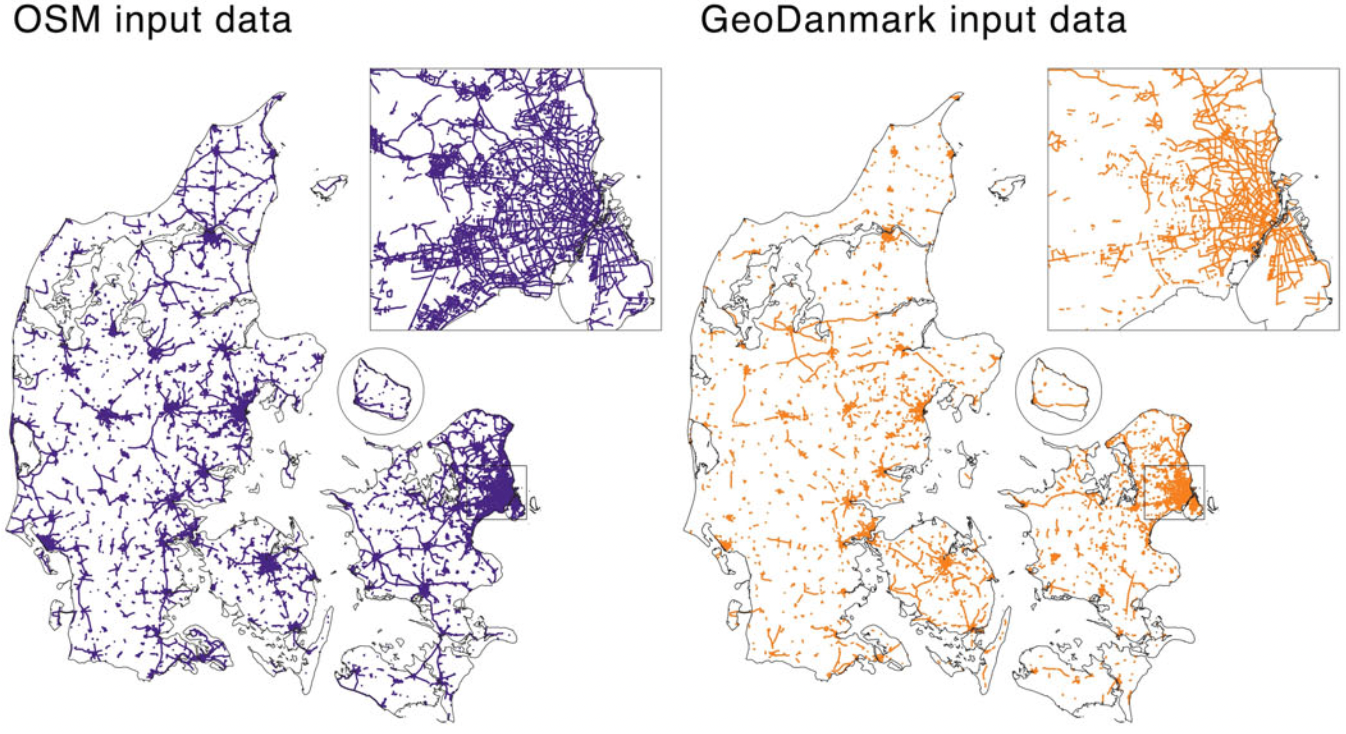
A tactical squad of 6 NERDS attended this year’s IC2S2 in Philly, and presented 9 works:
- Anders Giovanni Møller “The Parrot Dilemma: Human-Labeled vs. LLM-augmented Data in Classification Tasks“ (EACL’24)
- Anders Giovanni Møller “The Persuasive Power of Large Language Models“ (ICWSM’24)
- Anders Weile “Uncovering Influence Patterns in Cultural Markets: A Study of Book Lending across Danish Municipalities”
- Arianna Pera “Shifting Climates: Climate Change Communication from YouTube to TikTok“ (WebSci’24)
- Arianna Pera “Narratives of Collective Action in YouTube’s Discourse on Veganism“ (ICWSM’24)
- Arianna Pera “Finding Hidden Swingers in the 2022 Italian Elections Twitter Discourse”
- Arianna Pera “The Storm Within: Hurricanes and Socio-Political Leaning in Climate Change Group Behavior”
- Jacob Aarup Dalsgaard “Toward Fairness in Network Algorithms: Rankings by Biased Random Walks”
- Luigi Arminio “Tracing the sociolinguistic patterns of polarization in the Facebook debate on Climate Action”
We are grateful to the organizers for the great event, and we look forward to IC2S2 coming back to scandinavia in 2025!


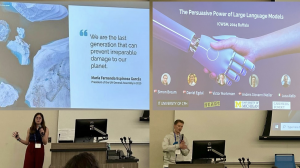

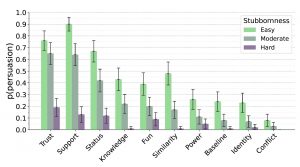


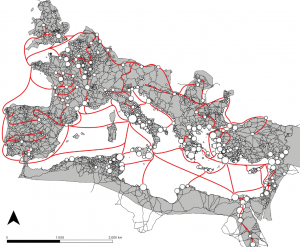

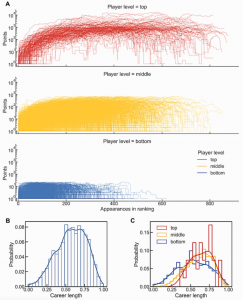
 NERDS
NERDS 